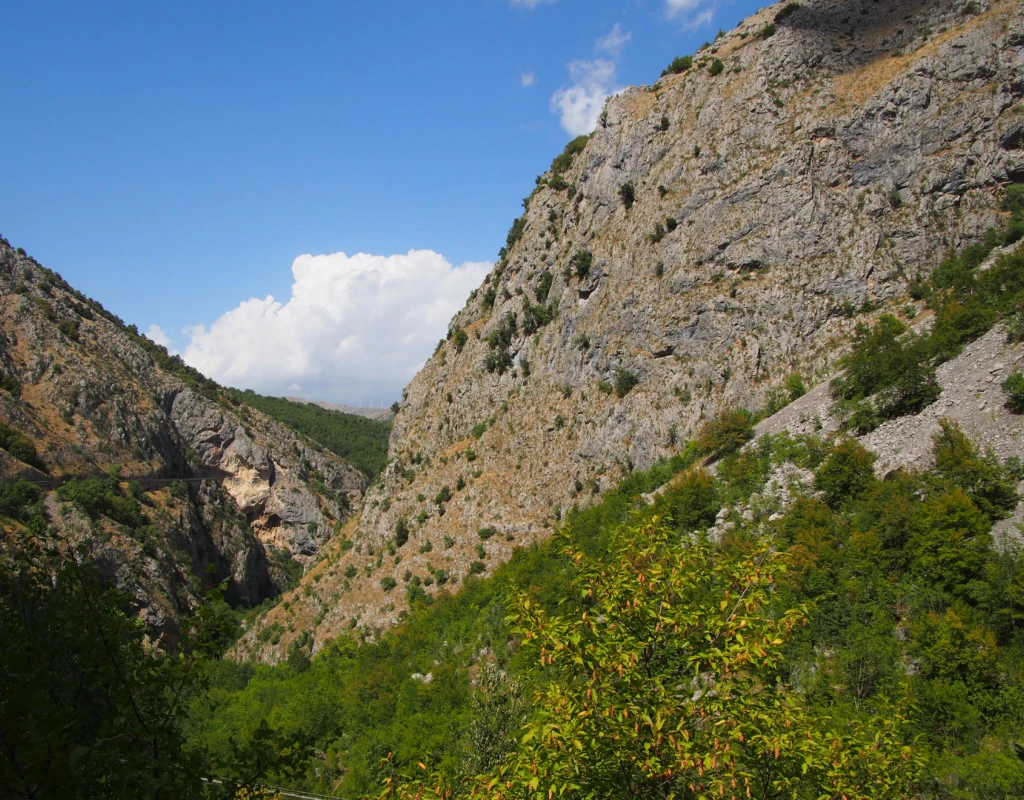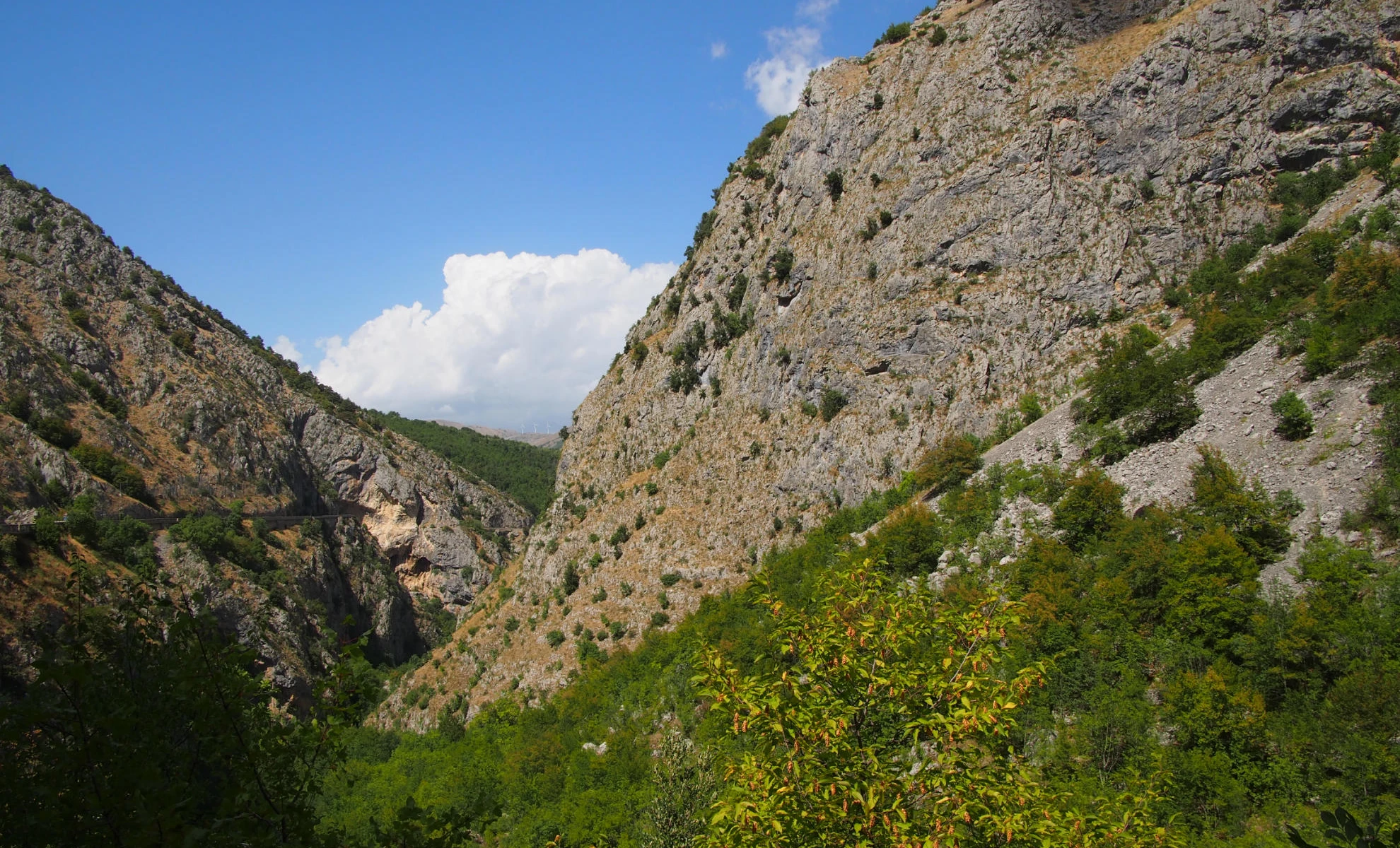The Sagittario Valley is a paradise of biodiversity. And it is an unmissable place for those who love trekking or walking in nature. From Anversa degli Abruzzi, a small village in Abruzzo counted among the most beautiful in Italy, starts the Sagittario Gorges walk, one of the most interesting in the region.
Ph. Ludovica Baratta
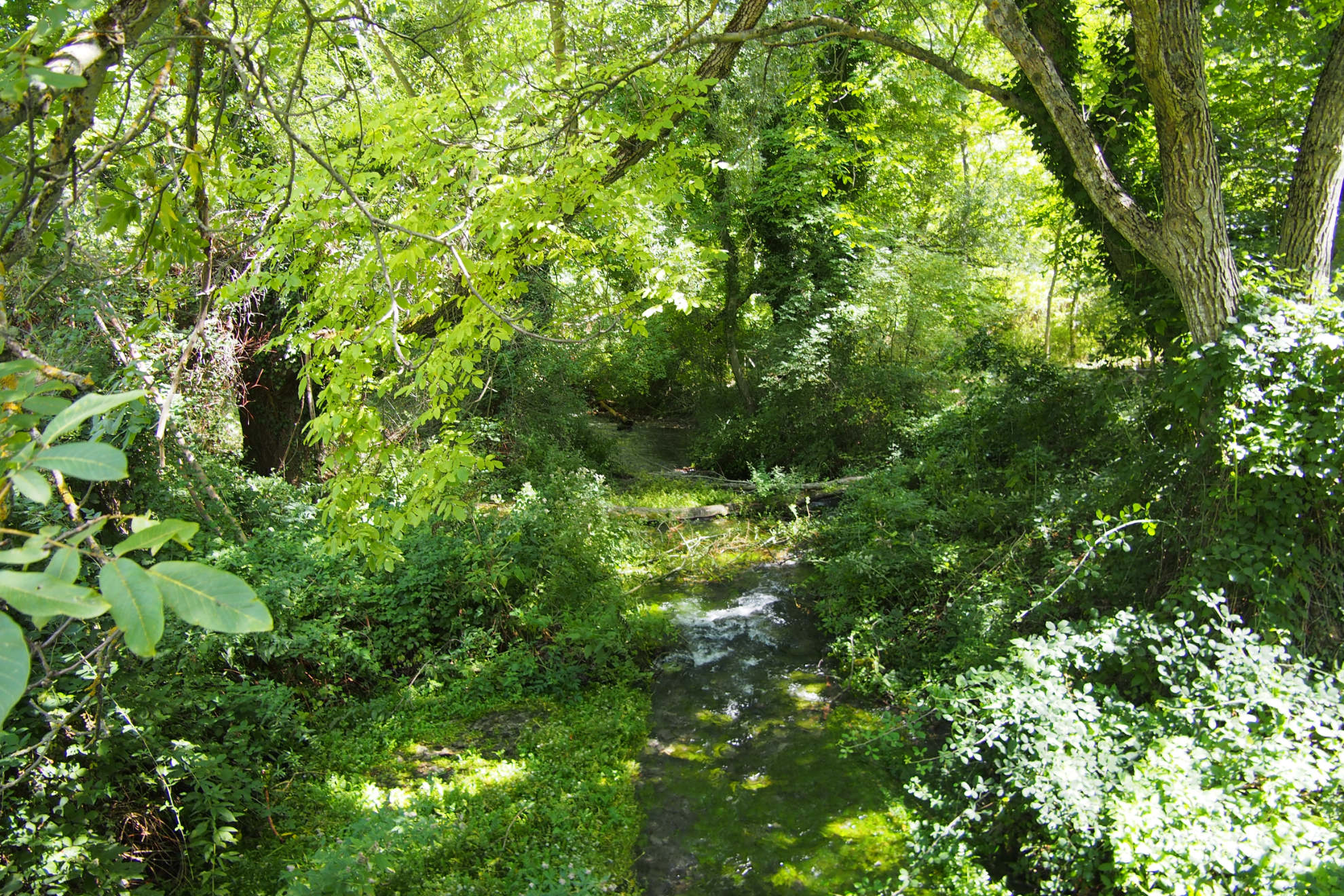
A long flight of stairs passes between whitewashed houses and flowered balconies and arrives right at the entrance to the WWF Oasis named “Gole del Sagittario”, where the Cavuto springs flow. Two different paths develop from here. The river path, which runs along the waterway, the campsites in the area and is surrounded by lush and wild vegetation, and the geological path, more lively from a naturalistic and cultural point of view.
The latter after a few kilometers on foot reaches the tiny village of Castrovalva, 820 meters above sea level, one of the smallest hamlets in Italy, which in the middle of winter hardly counts 15 inhabitants, while in summer it is populated by travelers, walkers, brave campers who challenge the narrow and sinuous curves of the road to Castrovalva.
Ph. Ludovica Baratta
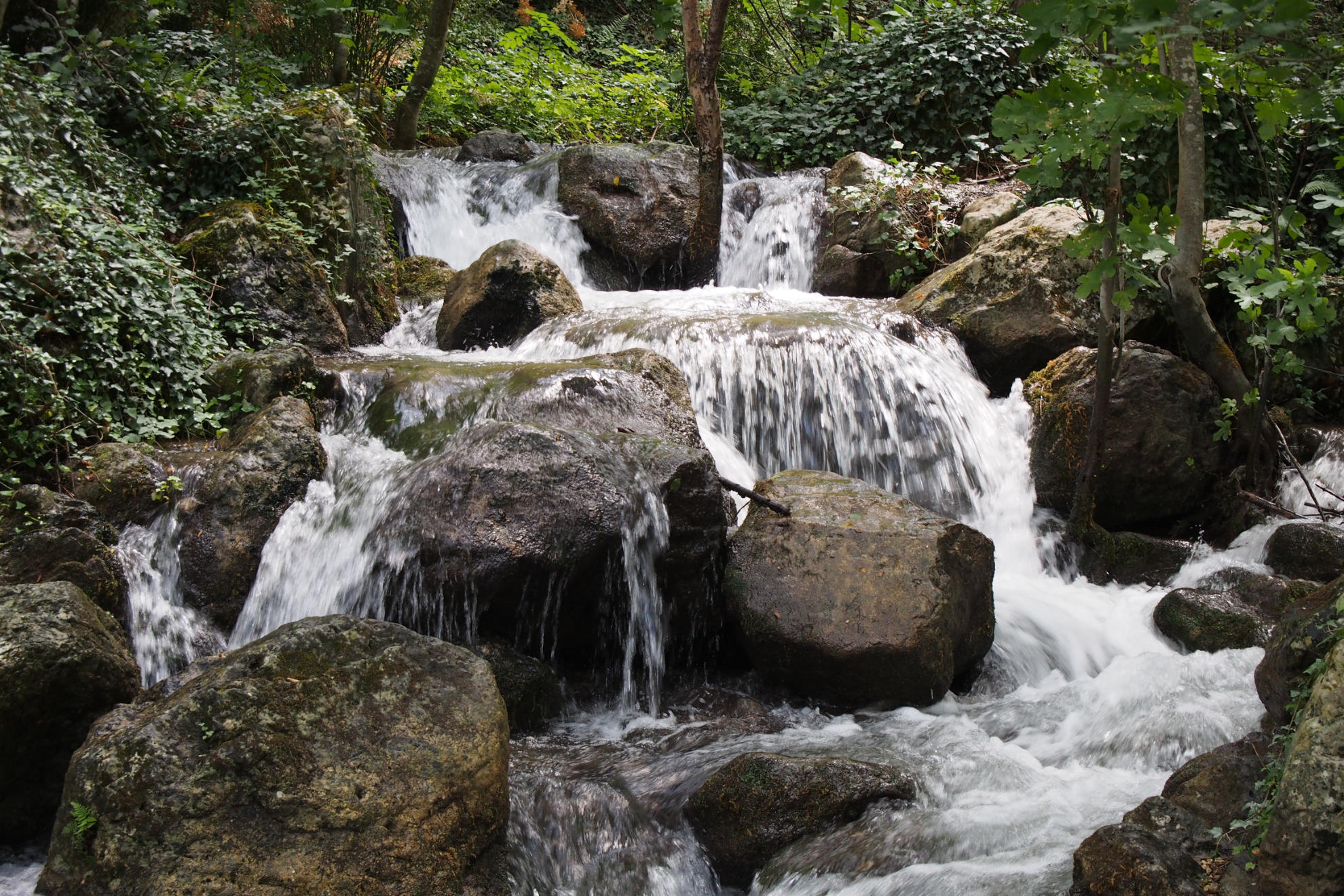
The road to the village is already worth the trip. You walk surrounded by deep and calcareous gorges, shaped over millions of years by the erosive action of the waters of the Sagittario River. The oldest rocks in the reserve date back to two hundred million years ago, the most recent are five million years old. The oasis is also a Regional Nature Reserve and is a Special Conservation Area, due to its high naturalistic value. It covers an area of 450 hectares and hosts, among others, the Marsican brown bear, the wolf, the golden eagle, the rock partridge.
Ph. Ludovica Baratta
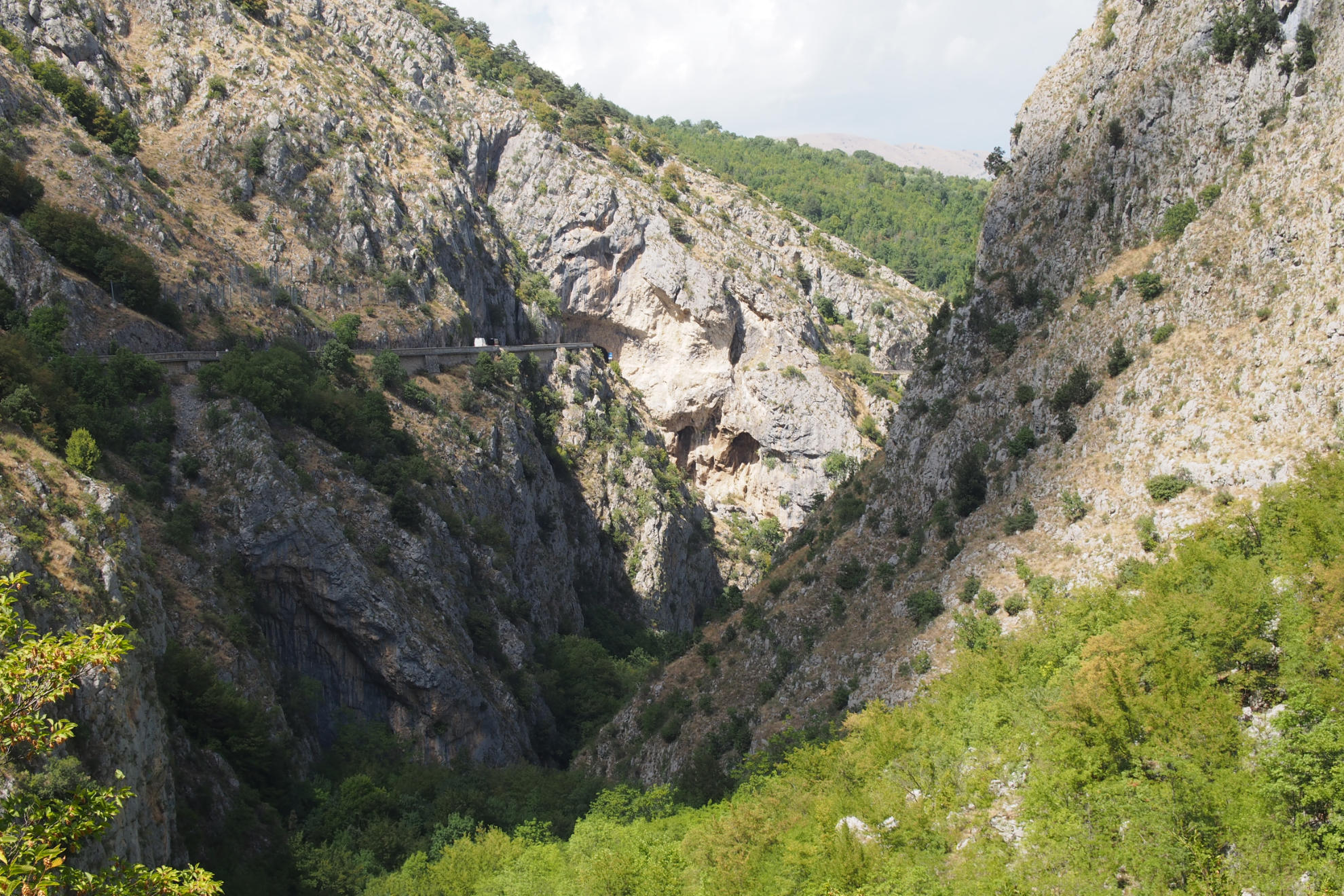
It is a walk through ever-changing environments, that of the Sagittario Gorges. We move from the cool and humid areas of the Cavuto springs to the equipped areas of the Oasis. We walk along the scree, mountains of pebbles of karst origin, characteristic of the area, we pass through beech woods and prairies, we walk next to the river with cold and transparent waters, we visit small and characteristic villages. With a good eye you can admire the Sagittarius cornflower, at risk of extinction in Italy, and the Ephedra dei Nebrodi, a very rare flower. It is an easy walk to the Gorges of Sagittario, but unforgettable.
